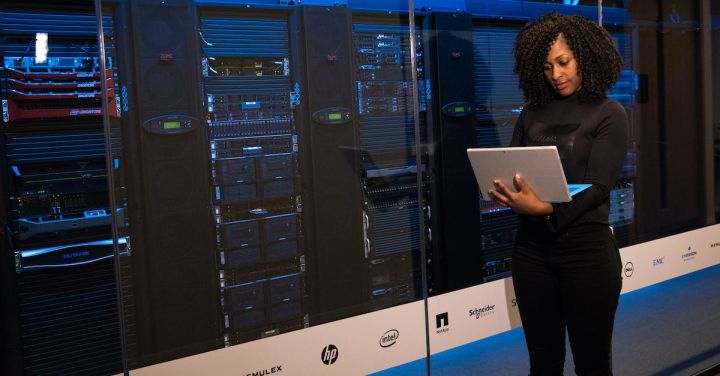What Is the Difference between Containerization and Virtualization?
In today’s technology-driven world, containerization and virtualization are two terms that are often used interchangeably. While they are both popular methods for deploying applications and managing resources, they are not the same thing. In this article, we will explore the differences between containerization and virtualization, and how they can be used to improve the efficiency and scalability of software applications.
Containerization: Isolating Applications
Containerization is a lightweight form of virtualization that allows multiple applications to run on a single operating system, without interfering with each other. Each application is encapsulated in its own container, which includes everything it needs to run, such as the code, runtime, libraries, and system tools. This isolation ensures that the application runs consistently across different environments, making it easier to deploy and manage.
The key advantage of containerization is its efficiency. Containers share the host operating system, which means they require fewer system resources compared to virtual machines. They start up quickly, use less disk space, and are highly scalable. Additionally, containers are portable, as they can be easily moved between different environments without any modifications. This makes containerization an ideal choice for microservices architectures and cloud-native applications.
Virtualization: Emulating Entire Operating Systems
Virtualization, on the other hand, is a technology that allows multiple operating systems to run on a single physical machine. It emulates the hardware of a computer and creates virtual machines (VMs) that can run different operating systems simultaneously. Each VM is independent and can be configured with its own set of resources, including CPU, memory, and storage.
The main advantage of virtualization is its flexibility. Virtual machines can run any operating system, allowing for better compatibility and support for legacy applications. They also provide a high level of isolation between different applications, ensuring that they do not interfere with each other. However, virtualization comes with a heavier overhead compared to containerization, as each VM requires its own operating system and associated resources.
Comparing Containerization and Virtualization
Now that we have a basic understanding of containerization and virtualization, let’s compare them side by side.
Isolation: Containers provide application-level isolation, while virtual machines offer full operating system isolation.
Resource Usage: Containers consume fewer resources compared to virtual machines, as they share the host operating system.
Startup Time: Containers start up much faster than virtual machines, as they do not need to boot an entire operating system.
Portability: Containers are highly portable, as they encapsulate all the dependencies needed to run the application. Virtual machines, on the other hand, require a hypervisor to run, making them less portable.
Compatibility: Virtual machines can run any operating system, making them more suitable for running legacy applications. Containers are generally used for newer, cloud-native applications.
Use Cases: Containerization is ideal for microservices architectures, where applications are broken down into smaller, independent components. Virtualization is better suited for running multiple operating systems on a single physical machine.
Conclusion: Choosing the Right Approach
In conclusion, containerization and virtualization are two distinct approaches to deploying and managing applications. Containerization provides lightweight, isolated environments for running applications, while virtualization allows for the emulation of entire operating systems. The choice between containerization and virtualization depends on the specific requirements of the application and the desired level of isolation and portability.
Ultimately, both containerization and virtualization have their own strengths and weaknesses. By understanding the differences between these two technologies, developers and IT professionals can make informed decisions about which approach to use, based on their specific needs and goals.






